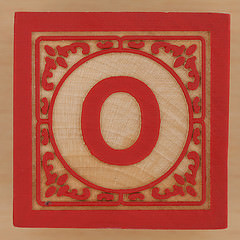
You always own those things that are titled in your name.
That includes the stuff that’s in your name but not in your possession. Remember that car your brother bought, the one you signed for? If your name is on title then you’d better tell the bankruptcy court about it. Because you own it.
How about the property in South Carolina your grandfather left to you and your five relatives? Even if nobody ever changed the title to reflect your ownership, you’ve got an equitable right to it. Better list it on the bankruptcy schedules because – you guessed it – you own it.
Jewelry in your safe deposit box? Yup, you own it. There’s no way to omit something from your bankruptcy schedules just because you can’t see it. Nor because someone else has possession of it.
After all, this isn’t a children’s game of, “I can’t see you, so I’m invisible.”
There are times, however, when something’s got your name on it but is really, truly, honestly yours. Your name on an elderly relative’s bank account, for example. In those situations, you’re going to need to prove it’s not yours.
A good bankruptcy lawyer is going to ask for all sorts of documents, often going back years or decades. You’re going to need to prove, alongside your bankruptcy attorney as a debt-related Sherlock Holmes, that you are holding the property in your name as what’s called a constructive trust. In other words, something that you’re holding for someone else’s benefit.
But the presumption is that what’s in your name is something you own. And no matter what else happens, you’ve got to remember that you walk into court naked.
Image credit: Leo Reynolds